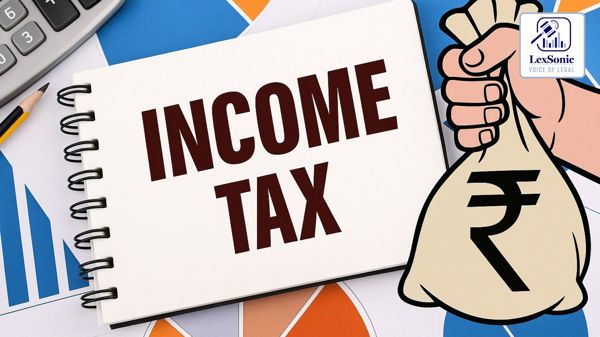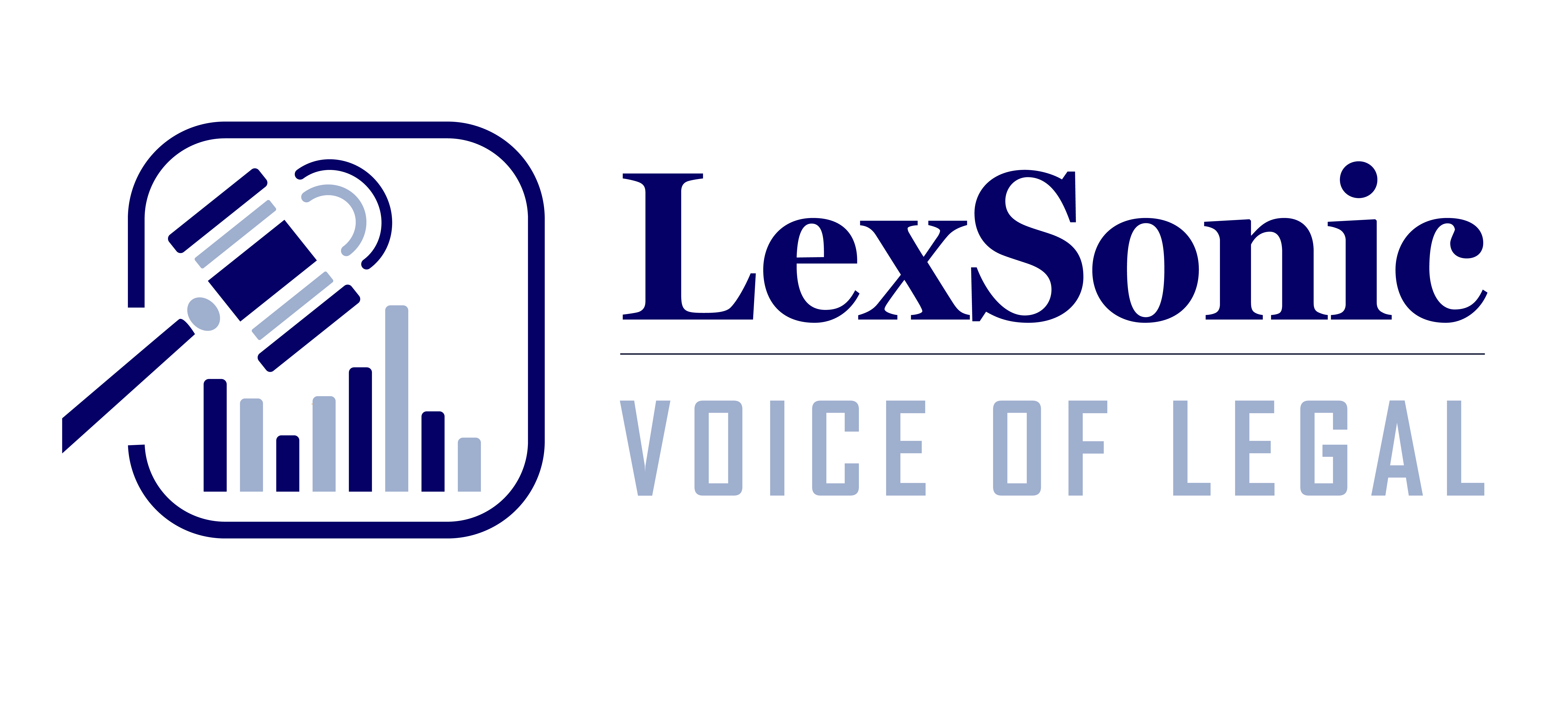A significant point of contention regarding the interpretation of Section 80-IA(9) of the Income Tax Act, 1961, has been addressed by the Supreme Court of India in
Shital Fibers Limited v/s Commissioner of Income Tax. This provision, which governs deductions for certain industrial undertakings and enterprises, has created ambiguity when taxpayers claim multiple deductions under different sections within Chapter VI-A, particularly alongside Section 80-HHC (deduction for export profits). The current reference to a three-judge bench stemmed from a difference of opinion observed in the 2015 case of Assistant Commissioner of Income Tax, Bangalore v. Micro Labs Limited.
The Heart of the Dispute: Cumulative Deductions
The core issue revolves around whether a deduction claimed and allowed under Section 80-IA should reduce the "gross total income" for the purpose of calculating other deductions under Heading ‘C’ of Chapter VI-A (which includes Section 80-HHC). The Revenue's stance was that if a deduction is allowed under Section 80-IA, the amount of such profits should be subtracted from the gross total income before computing deductions under other provisions like Section 80-HHC. This effectively meant a reduced base for subsequent deductions.
Conversely, assessees argued that Section 80-IA(9) does not affect the computation of deductions under other provisions. Instead, it acts as a restriction on the allowability of the total deductions, ensuring that the aggregate of deductions under Section 80-IA and other provisions under Heading ‘C’ does not exceed the total profits of the eligible business. In simpler terms, you compute each deduction independently, but the total cannot go beyond your actual profits.
Factual Background: A Case Study
To illustrate the point, the Court referred to Civil Appeal No. 14318 of 2015. In this case, the appellant company had claimed deductions under both Section 80-HHC and 80-IA for the Assessment Year 2002-03. Reassessment proceedings were initiated, with the Revenue relying on an Income Tax Appellate Tribunal (ITAT) decision that interpreted Section 80-IA(9) as preventing repeated deductions on the same eligible income. The appellant's arguments, citing a Madras High Court decision, were rejected by the Additional Commissioner of Income Tax, leading to disallowance of deductions. Subsequent appeals to the Commissioner of Income Tax (Appeals) and ITAT were also dismissed. The Punjab and Haryana High Court upheld these decisions, aligning with its own prior rulings and a Delhi High Court judgment, and disagreeing with the Bombay High Court's view.
Judicial Interpretations: Divergent Views
The Supreme Court examined the different judicial interpretations of Section 80-IA(9):
ITAT Chennai (Special Bench) in ACIT v. Rogini Garments: Held that Section 80-IA(9) was introduced to prevent taxpayers from claiming "repeated deductions" in respect of the same amount of eligible income.
Madras High Court in SCM Creations v. ACIT: Held that Section 80-IA(9) does not bar the computation of deductions under different provisions but merely restricts the allowability to the extent of business profits.
Punjab and Haryana High Court in Friends Casting (P) Ltd. v. Commissioner of Income Tax: Took the view that Section 80-IA(9) bars a claim for deduction under any other provision of Chapter VI-A if a deduction under Section 80-IA has already been allowed.
Delhi High Court in Great Eastern Exports v. Commissioner of Income Tax: Supported a similar interpretation to the Punjab and Haryana High Court.
Bombay High Court in Associated Capsules (P) Ltd. v. Deputy Commissioner of Income Tax and Anr: Distinguished between "computation of deduction" and "allowability of deduction." It held that Section 80-IA(9) does not affect how deductions under other provisions (like Section 80-HHC) are computed. Instead, it ensures that the aggregate of deductions under Section 80-IA and other Heading ‘C’ provisions does not exceed 100% of the business profits. This view was supported by a CBDT Circular.
The Supreme Court's Verdict: Upholding the Bombay High Court
After careful consideration of the arguments and the plain reading of Section 80-IA(9), the Supreme Court sided with the interpretation put forth by the Bombay High Court.
The Court emphasized that Section 80-IA(9) states that "deduction to the extent of such profits and gains shall not be allowed under any other provisions of this Chapter under the heading ‘C.—Deductions in respect of certain incomes,’ and shall in no case exceed the profits and gains of such eligible business of undertaking or enterprise, as the case may be."
Crucially, the Court highlighted the distinction between "computation" and "allowability." It clarified that:
- Section 80-IA(9) does not provide that when a deduction is allowed under Section 80-IA, it should be deducted from the gross total income while considering the claim for deduction under any other provision under Heading ‘C’.
- The restriction under Section 80-IA(9) is not on computing the total gross income.
- It restricts deduction under any other provision under Heading ‘C’ to the extent of the deduction claimed under Section 80-IA.
- This means that if a deduction of 'X' is allowed under Section 80-IA, and the assessee is otherwise entitled to a deduction 'Y' under another Heading 'C' provision, they will get a deduction of '(Y-X)' under that other provision, provided the total deductions under Heading 'C' do not exceed the eligible business profits.
The Court explicitly approved the reasoning of Dipak Misra, J. (as he then was) in Assistant Commissioner of Income Tax, Bangalore v. Micro Labs Limited, who had also endorsed the Bombay High Court's view. This perspective avoids "absurd and unintended consequences" and maintains the integrity of the individual deduction computation formulas, such as that in Section 80-HHC(3).
Impact of the Decision:
This ruling brings much-needed clarity on the application of Section 80-IA(9) and its interaction with other deduction provisions under Chapter VI-A. It confirms that the purpose of Section 80-IA(9) is to prevent double dipping on the same amount of eligible income, rather than to reduce the base for calculating other legitimate deductions. Taxpayers can now compute their deductions under various provisions independently, with the understanding that the cumulative amount of such deductions will be capped at the total eligible business profits.
This decision is a significant relief for assessees claiming multiple deductions under Chapter VI-A and will likely streamline assessment proceedings by resolving a long-standing interpretational ambiguity.
Section 80IA, Income Tax Act - 1961
Income Tax Act, 1961

